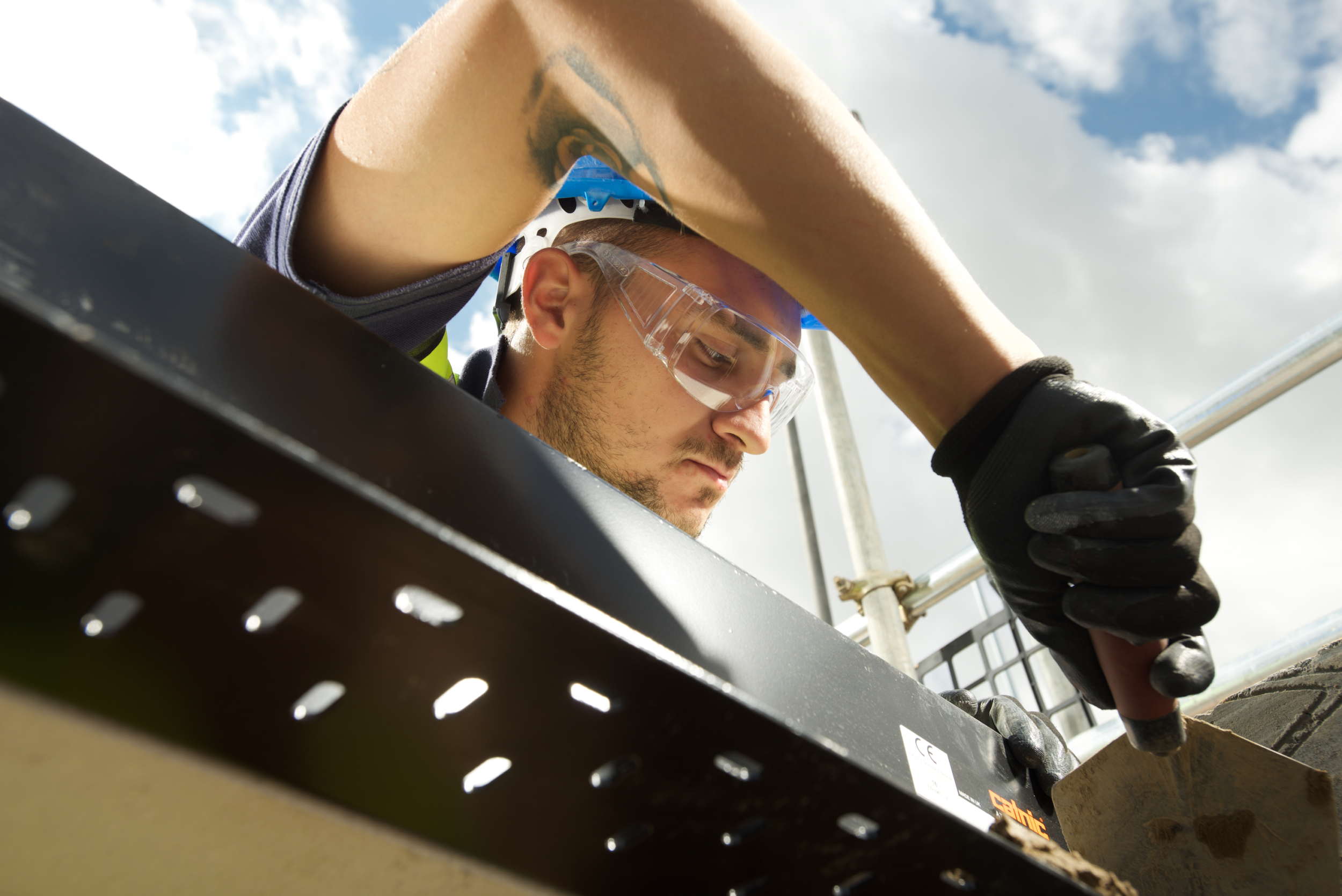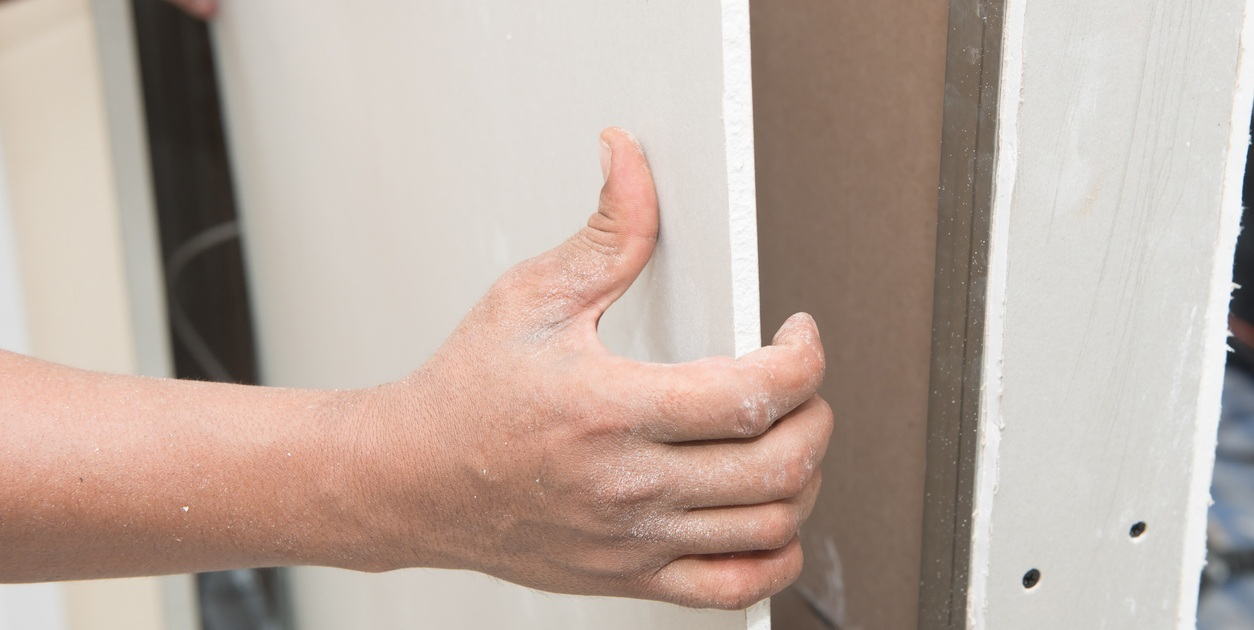Ensuring the energy efficiency of buildings has never been more important, not only in terms of complying with building regulations but also in lowering the cost of heating for homeowners or building occupants.
One major way to improve a building’s efficiency is by using lintels that provide better thermal performance above all proposed openings. Here, we give some of the main reasons why a thermally broken lintel should appear in your next construction project.
Thermal performance regulations
Target fabric energy rates, target CO2 emission rates, and target primary energy rates form the foundations of the Building Regulations Part L 2021. They set the energy requirements for the new buildings and are all influenced by the performance of the fabric. Selecting thermally broken lintels can play a significant role in reducing heat loss associated with thermal bridging.
Learn more about using lintels to reduce heat loss in line with building regulations.
Heat transference issues
Although vital to the structure lintels have the potential to compromise the energy performance of a new building. Due to their nature as an element that breaches the cavity, spanning from the inner to the outer leaf of the wall, standard cavity wall lintels facilitate the transference of heat from the interior to the exterior.
On a typical 4 bedroom house with a floor area of 57 m2 , the heat loss through a standard lintel can account for about 6% of the overall heat loss through the fabric of the house (based on a default lintel psi value of 0.5W/mK).
Energy-efficient lintel solutions
The solution to this issue is the specification of thermally broken lintels that significantly reduces the thermal bridging between the inside and outside of the building at the window head junction.
Catnic’s Thermally Broken Lintel range (TBL) features a unique composite design. Ours are the only lintels on the market to provide a complete thermal break between the inner and outer leaf of a cavity wall. The Catnic TBL is manufactured from powder-coated galvanised steel bonded to a high-density, fire-retardant core.
Delve into the details of specifying thermally broken lintels to reduce thermal bridging.
What is a thermal break in construction?
When talking about a thermal break in the construction industry, we mean a material or system specifically created to cut down the amount of heat transferred from one part of a building to another.
In case of Thermally Broken Lintels, thermal break is the insulation block completely separating two steel elements which support inner and external masonry leaf.
One of the major benefits of thermal breaking in a lintel is that it allows a property to become more energy-efficient, while also reducing condensation and the adverse effects associated with it (damp, mould).
The most common places for using a lintel as a thermal break in construction include windows and doors, as well as cavity walls and junctions between different materials.
Want to know more about this innovative product? Check out our guide: Thermally broken lintels, explained.
Choose a leading thermally broken lintel supplier
Utilising Thermally Broken Lintels that provide a complete thermal break is a simple way to significantly improve the thermal performance of a building. By selecting a Catnic TBL, the improvement can be made without the need to redesign the building envelope.
Still not sure? Here are four reasons to specify a Catnic thermally broken lintel.
More
-
![]()
- Plaster Bead & Mesh
- Guide
How to Fix an Angle Bead to Plasterboard
-
![]()
- Lintels
- Guide
Why thermally broken lintels are a game changer


